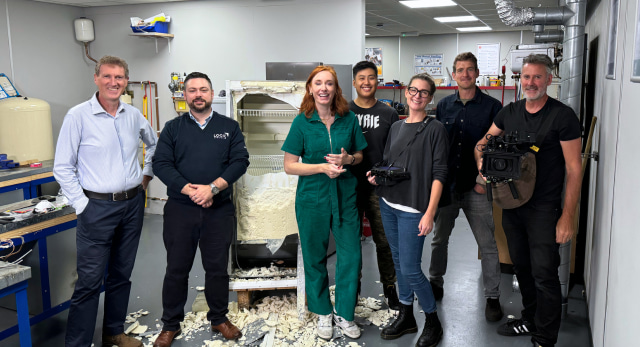The Electrical Safety Roundtable (ESR), a leading industry forum that undertakes research and draws up policy for the government and industry, has produced a new document setting out standards for the management of electrotechnical care in social housing.
To develop the new code of practice, which aims to standardise procedures and improve electrical safety in social housing. The ESR brought together over 20 social housing providers with first-hand experience in the sector.
Back to Insights
What does the new Code of Practice do?
The Code of Practice for the Management of Electrotechnical Care in Social Housing has three main points:- All electrical installation work must be carried out by competent, qualified engineers. Subsequent inspections should be carried out by individuals with a Level 3 Award in the Periodic Inspection, Testing and Certification of Electrical Installations (QCF) - or equivalent. An Electrical Installation Condition Report (EICR) should be produced following an inspection with any remedial work identified and completed within a defined time frame.
- The electrical installations in a domestic tenanted property should be inspected and tested at least every 5 years, and at change of occupancy (including voids and mutual exchanges). This frequency should be increased if risk levels are thought to be high.
- To help standardise access procedures, the code suggests that three documented access attempts should be made when attempting to undertake essential electrical inspections. These should give adequate notice to the tenant, provide information on why it is important to allow access, and explain what will happen if access is not permitted.









